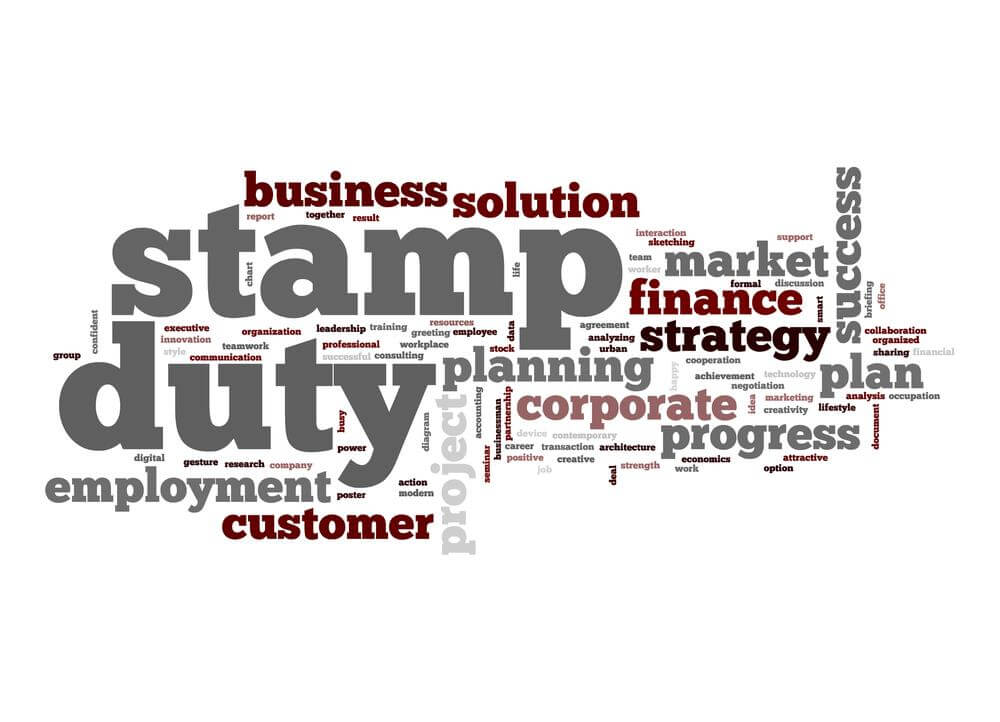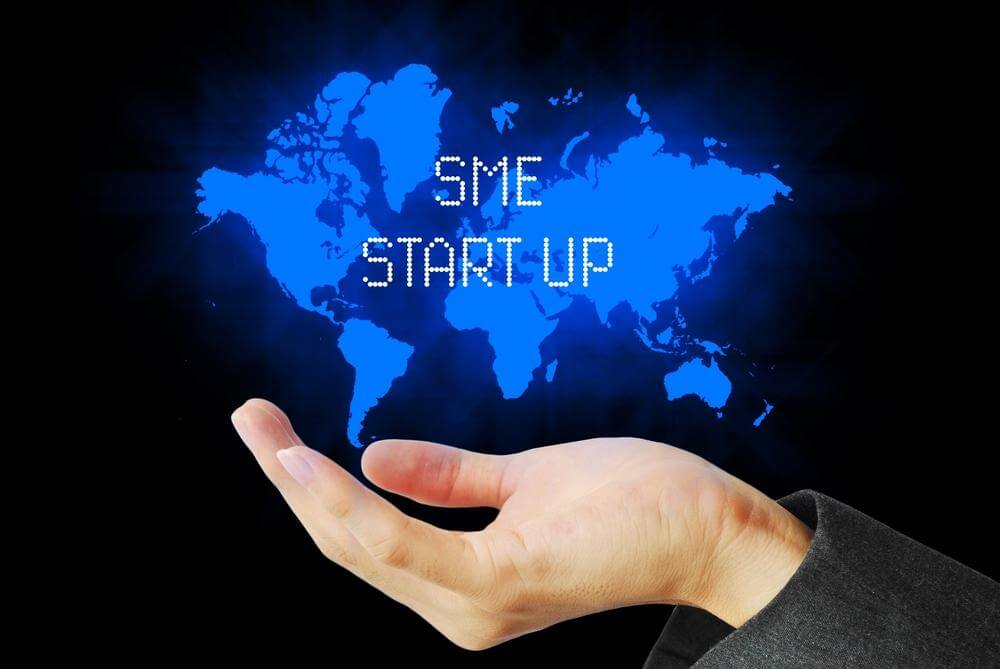Bet on emotion in the battle of the banking brands
Yelena Gaufman, Strategy Partner, Fold7
The ongoing disruption of banking is a well-documented process, and depending on who you ask the outcome is a foregone conclusion. Though the likes of Monzo, Revolut and Starling offering compelling new visions of financial services, there’s more to these brands’ success than innovation alone.
With an Accenture report released earlier this year suggesting U.K consumer trust in banks is at its highest level since 2012, challenger banks are themselves challenged to prove their credibility and value proposition to a wider audience. Where traditional bank brands appeared to have been outmanoeuvred by digital-first rivals, they may yet steal a march on their disruptors by capitalising on a deeper emotional connection.
Building on trusted foundations
Where money is concerned, trust in the authority handling it is critical. Despite nimbler challengers and their ability to jump-start innovation quickly, it’s here that incumbents have the advantage. Their legacy of the brand and the institution behind it stands them in good stead as authorities to trust.
From this trust springs opportunity as existing bank brands can leverage the services they already offer to create walled-garden eco-systems that provide value to a range of customers. When banks really start to make use of the data sharing opportunities presented by legislation such as PSD2, they could leverage an array of services and partnerships to add more value to their customers.
So perhaps the battle isn’t as one-sided as it may have first seemed. But, for both sides, fully harnessing the potential of innovation means first figuring out who they want to be, and who they should be trusted by.
What makes people commit to one brand over another, and can override commodity and convenience? Emotional connection.
Branding for growth
Neobanks gained an early lead for the freshness and range of utilities they provide. But being feature-led throws up a new challenge: what defines their work, above and beyond the new and the useful?
As new banking and fintech brands hustle to engage new audiences, they must consider a deeper story to tell than of innovation alone. We need to know what their innovations are for – who are they serving? What role do they fulfil in our lives? The art of defining that story is in tying together the operations of a business with its product or service and a sense of purpose to the wider world.
For banking brands, a compelling brand story becomes a tool for showing new customers what they might want to buy into, but it is also useful for the business itself. Done properly, a well-formed brand becomes a strategic prism through which future business decisions can be understood. Is it right to implement feature X versus Y, based on what you stand for and the customers you choose to serve? Or in a crisis, how do you respond to customers and seek to make things right?
These answers should always come back to your brand and the emotional relationship you wish to maintain with your customers. It’s rarely a one-size-fits-all formula.
Demonstrating your worth
But how do you prove brand and purpose? It starts with understanding the context of your offering in the lives of your audience.
The 2000’s were a boom period for web start-ups which used increasing user connectivity to supply a new range of internet-powered services we’d never encountered before. So all manner of sites cropped up offering comparison, aggregation, ecommerce, community, entertainment and much more.
But as a highly competitive marketplace emerged for each of these kinds of websites, functionality on its own wasn’t a compelling means of distinguishing one from another. So the businesses behind these services had to think differently about the way they operated.
Fast forward to today and the vast field of nascent web 2.0 consumer businesses has shrunk massively. Those which thrive today managed to redefine their role to users, embedding the brand and its offering more deeply in our lives through emotional relationships over and above utility.
Rightmove’s recent ‘When life moves’ campaign (disclosure: created by Fold7), demonstrates one means of doing this. The campaign is all about our needs and desires, which change with our life stages, and how our dream of a perfect home changes alongside them. Rightmove tapped into the universal need to embrace change and sought to support its customers in that process as an active collaborator.
So RightMove successfully turned its suite of tools into a means of facilitating the hopes and dreams of its users. The result is a brand which is not just relevant to so many of us, but which we feel comforted and empowered by when we turn to it.
This is a fascinating juncture for both incumbent banks and their newer rivals, as the financial services industry opens up with new opportunity. While older brands have scale on their side and a legacy to leverage, start-ups founded on utility are arguably closer to their customer needs. If they can apply the right brand lens to their work today, we may be looking at a radically different banking landscape in the years to come.


























